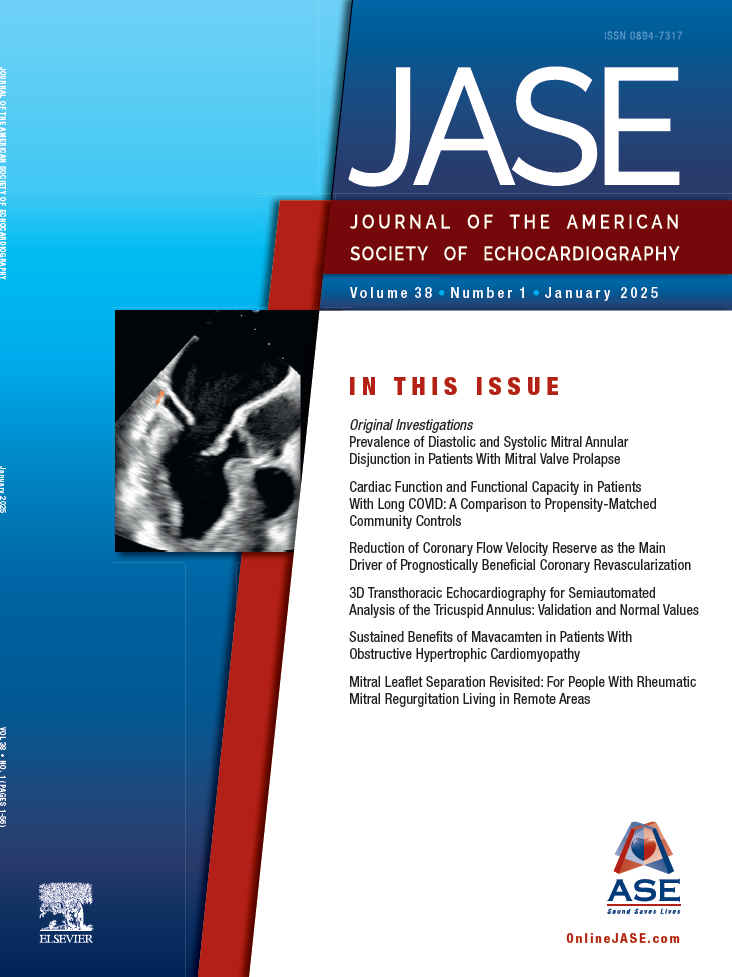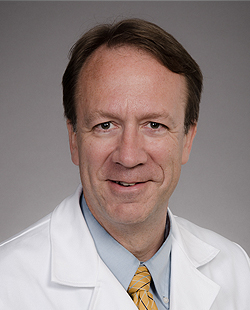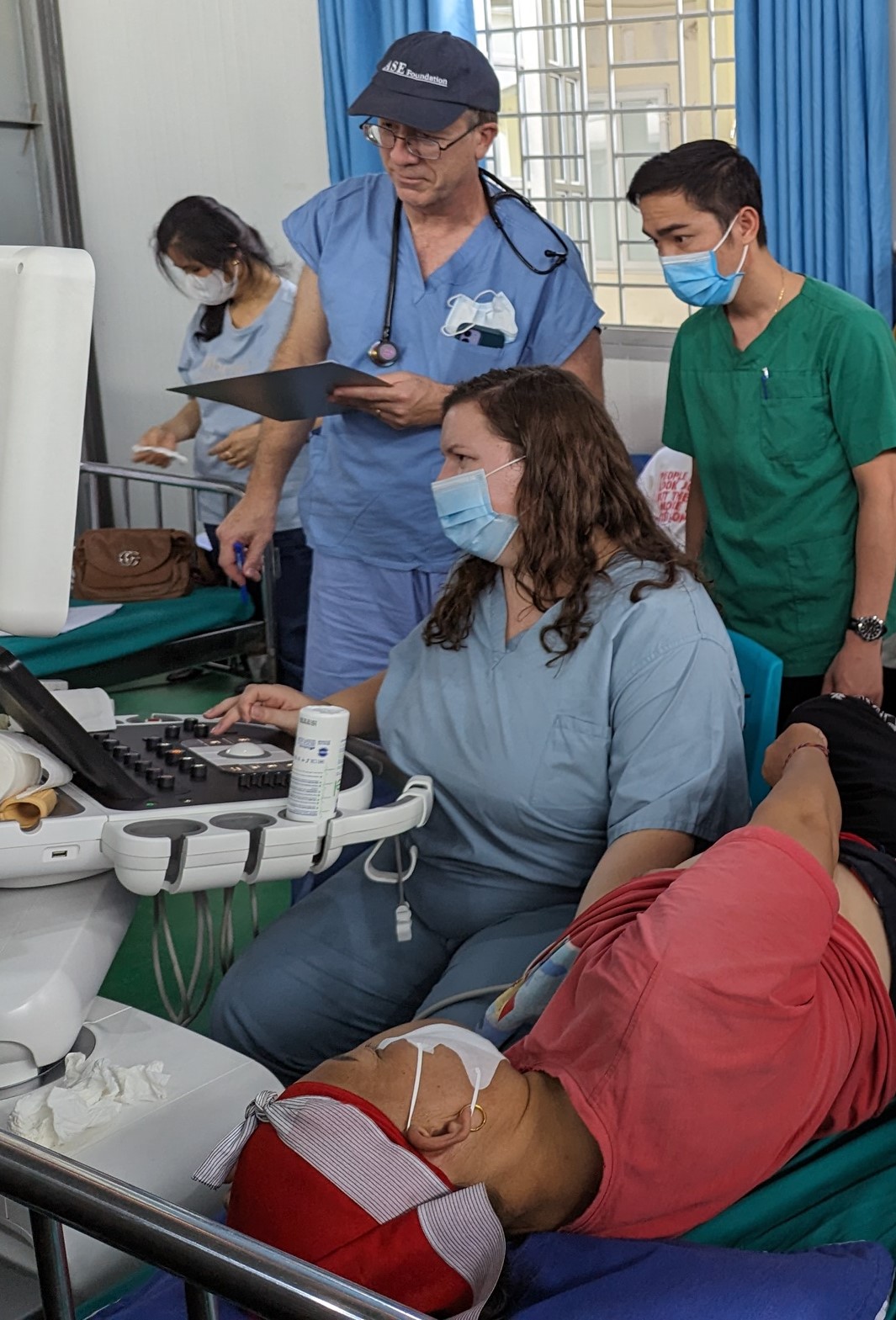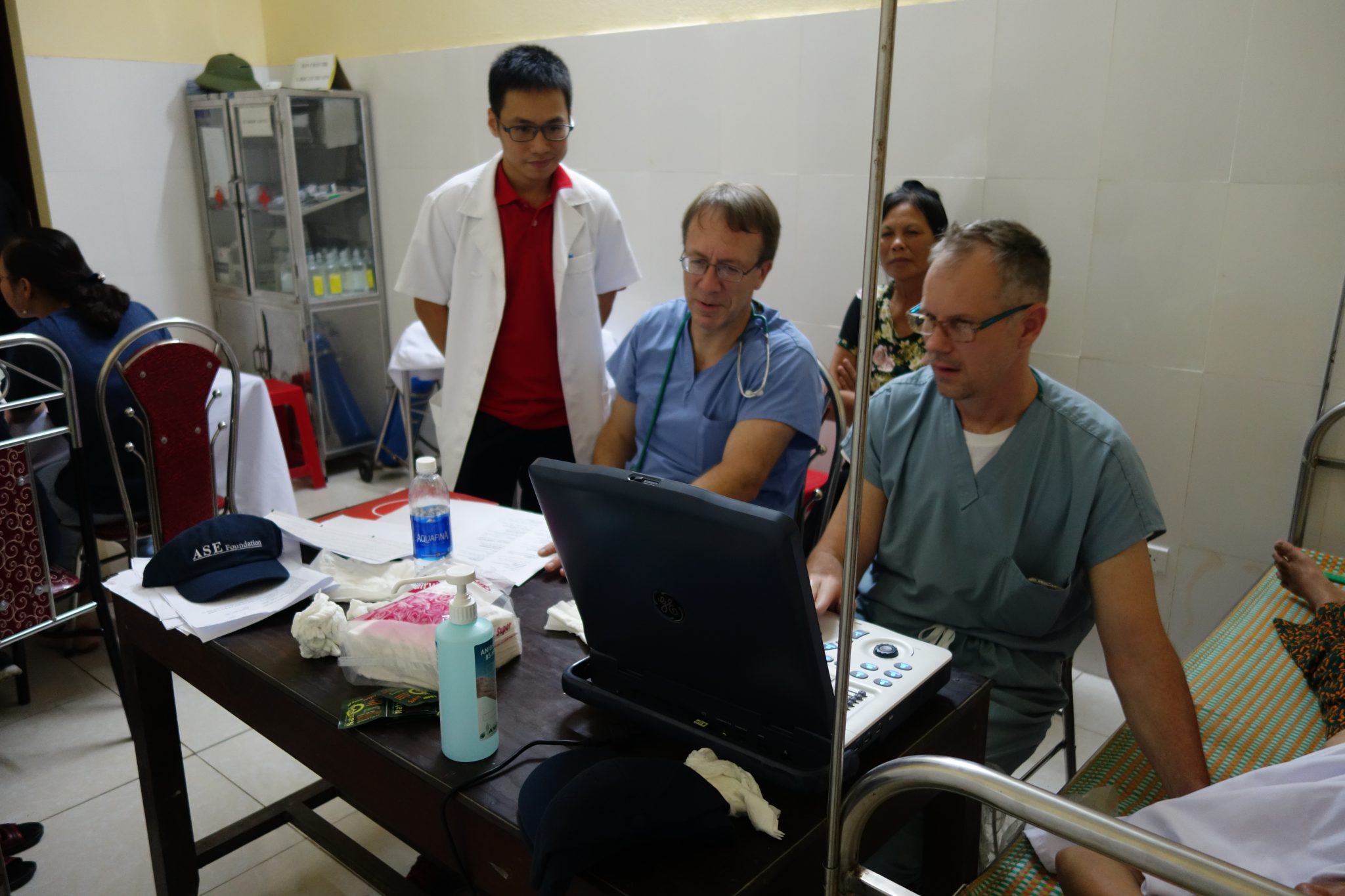
FOR IMMEDIATE RELEASE
Contact: Natalie Costantino
919-297-7170
NCostantino@ASEcho.org
American Society of Echocardiography and its Foundation Award $100,000 in Grant Funding to Early Career Investigators in Cardiovascular Imaging
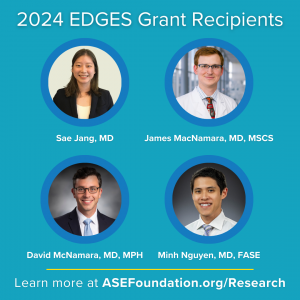 (DURHAM, NC, Jan. 30, 2025)—The American Society of Echocardiography (ASE) and the ASE Foundation have awarded grant funding totaling $100,000 to fund four innovative cardiovascular ultrasound research projects led by early career investigators.
(DURHAM, NC, Jan. 30, 2025)—The American Society of Echocardiography (ASE) and the ASE Foundation have awarded grant funding totaling $100,000 to fund four innovative cardiovascular ultrasound research projects led by early career investigators.
The Society’s EDGES (Early-Career Development Grant for Echo Scientists) program funds projects that address clinical gaps in cardiovascular ultrasound through research directed by an early career scientist or investigator.
The four 2024 EDGES recipients, each awarded a $25,000 grant, will conduct studies addressing a wide range of research projects.
- Sae Jang, MD, a clinical instructor and National Institutes of Health T32 research fellow at the University of Pittsburgh Medical Center Department of Cardiology in Pennsylvania, will investigate if microbubbles and ultrasound can be developed as a diagnostic tool for early capillary structural changes in patients with microvascular disease.
- James MacNamara, MD, MSCS, an assistant professor at the University of Texas Southwestern in Dallas, will utilize the grant to better understand the limitations to exercise in patients with Hypertrophic Cardiomyopathy (HCM) and how these patients respond to therapies.
- David McNamara, MD, MPH, a non-invasive, board-certified cardiologist at Corewell Health in Grand Rapids, Mich., will research radiation safety during structural heart procedures and the role of radiation protection devices in clinical practice, specifically for interventional echocardiographers.
- Minh Nguyen, MD, FASE, a pediatric cardiologist and assistant professor of pediatrics at Texas Children’s Hospital, Baylor College of Medicine in Houston, secured the funding to develop a foundation model on pediatric echocardiograms to predict adverse events in pediatric HCM.
ASE Past President and Chair of the Society’s Research Committee Jonathan Lindner, MD, FASE, shared why this funding is important for the field.
“The EDGES program represents a tremendous investment by ASE in the future of imaging research. These grants fill a major gap by supporting early career imaging scientists during a critical stage of their development by providing resources to pursue their own idea,” said Dr. Lindner. “We look forward to seeing how the EDGES recipients leverage their grants to obtain further national funding and hearing about the impact of EDGES on the upward trajectory of tomorrow’s research leaders.”
ASE developed the EDGES research program in 2023 to create an avenue for the continued evolution of cardiovascular ultrasound. The program’s initial three recipients were each awarded $25,000 to fund artificial intelligence and technology-focused research projects. ASE plans to offer its EDGES grants annually to support technical advancements and new applications of echocardiography.
Learn more about these grants and the recipients at ASEFoundation.org/Research.
About American Society of Echocardiography
The American Society of Echocardiography (ASE) is the Society for Cardiovascular Ultrasound Professionals™. ASE is the largest global organization for cardiovascular ultrasound imaging serving physicians, sonographers, nurses, veterinarians, and scientists and as such is the leader and advocate, setting practice standards and guidelines for the field. In 2025, ASE is celebrating its milestone 50th anniversary. The Society is committed to advancing cardiovascular ultrasound to improve lives. For more information, visit the ASE website ASEcho.org or social media accounts on Facebook, X (formerly Twitter), LinkedIn, Instagram, or Bluesky.
About American Society of Echocardiography Foundation
The ASE Foundation (ASEF) is a 501(c)(3) nonprofit corporation created in 2003 as ASE’s charitable arm. The Foundation helps to assure the viability and visibility of cardiovascular ultrasound. Dependent upon donor giving not supported by membership dues, ASEF funds initiatives such as training scholarships, guidelines-based projects, research, patient engagement, and global health outreach. For more information, visit the ASEF website ASEFoundation.org.
###

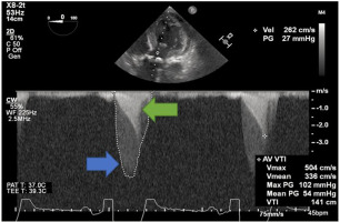
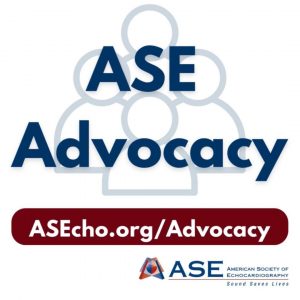 Effective January 1, 2025, the new CPT code 0932T – Noninvasive detection of heart failure derived from augmentative analysis of an echocardiogram that demonstrated preserved ejection fraction, with interpretation and report by a physician or other qualified health care professional will replace the previous HCPCS outpatient code C9786.
Effective January 1, 2025, the new CPT code 0932T – Noninvasive detection of heart failure derived from augmentative analysis of an echocardiogram that demonstrated preserved ejection fraction, with interpretation and report by a physician or other qualified health care professional will replace the previous HCPCS outpatient code C9786.
